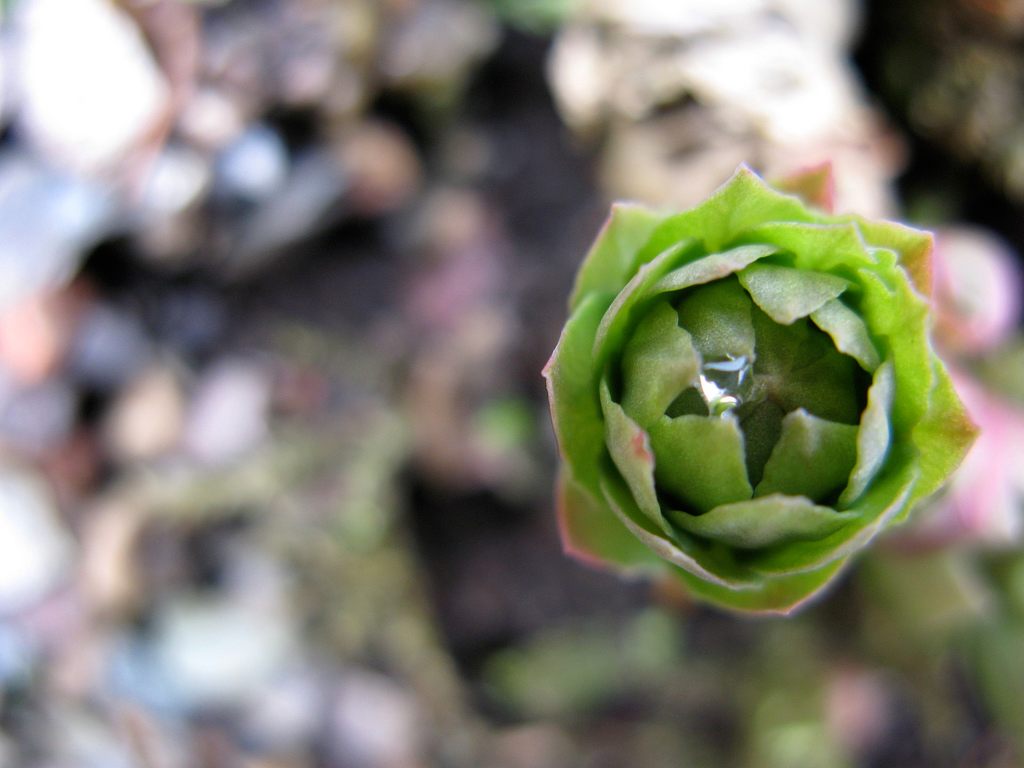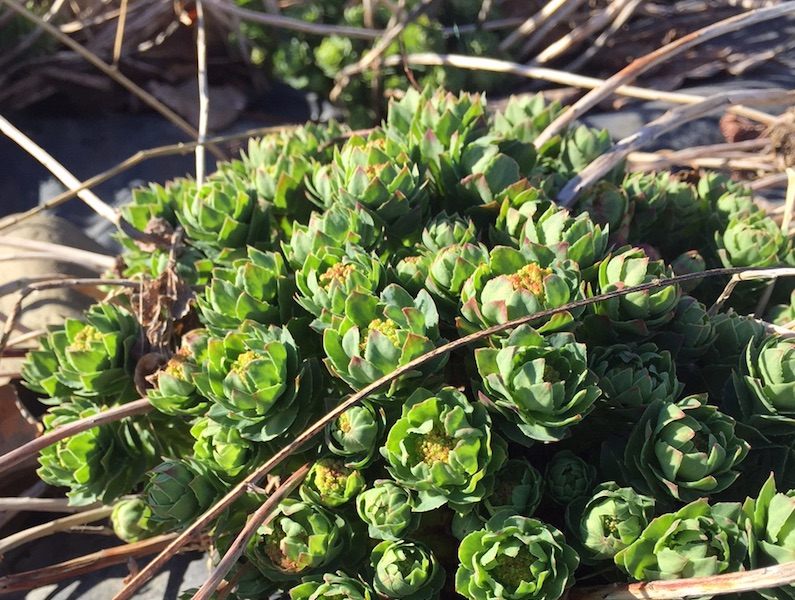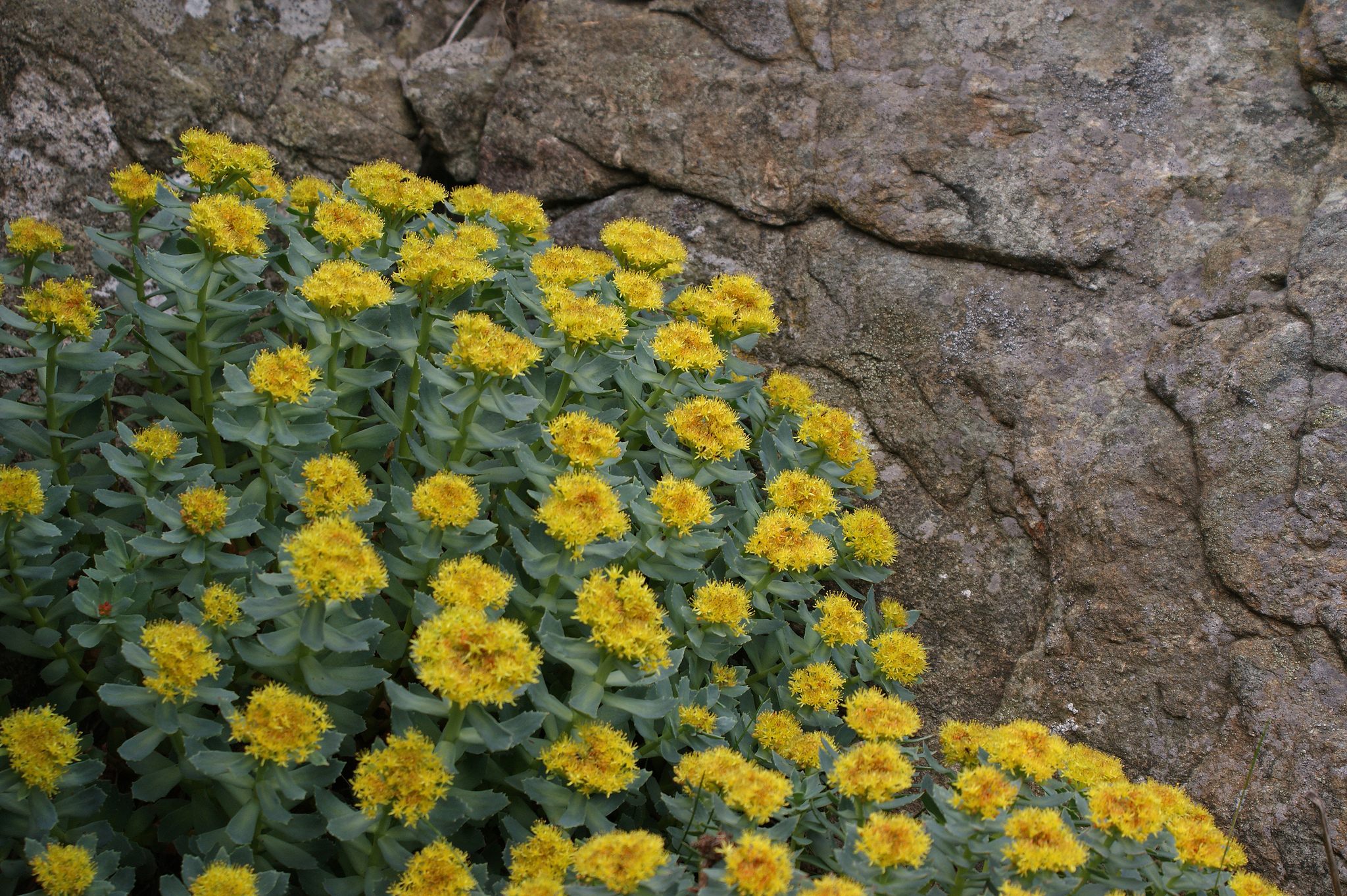The Soviet Military Secret That Could Become Alaska’s Most Valuable Crop

Rhodiola rosea. (Photo: Botanischer Garten TU Darmstat/Flickr)
Al Poindexter’s front yard in the south-central plain of Alaska has been taken over by a spread of more than 2,000 cell trays, each growing dozens of plants that look “like something you’d expect from Mars,” he says. The little ones look like little nubs; the larger ones are no more than an inch tall and feature a spiral of fleshy leaves.
“I tried killing it—you can’t kill it. That’s my kind of plant,” says Poindexter. “It can go weeks without water. Moose don’t eat it, rabbits don’t eat it, weather doesn’t seem to bother it. It’s a real easy plant to grow.”
This is Rhodiola rosea—golden root, rose root—a succulent that was used for centuries as folk medicine and once considered something of a Soviet military secret. Decades ago, the Soviets realized that Rhodiola could boost energy and help manage stress. These days, a small group of Alaskan farmers are hoping that it could enter the pantheon of plants (coffee, chocolate, coca) whose powers people take seriously—and, along the way, become Alaska’s most valuable crop.
In Alaska, farmers spend a lot of time trying to coax plants that would prefer to be growing elsewhere into surviving in Alaska’s tough conditions. Rhodiola, though, comes from Siberia’s Altai Mountains, and it seems right at home in the frigid ground.
“It’s actually an environment that the plant wants to grow in, as opposed to everything else we grow in Alaska,” says Stephen Brown, a professor and district agriculture agent at the University of Alaska-Fairbanks. “It’ll grow in the Arctic and sub-Arctic. It wants our long days. It’s already coming up out of the ground—and the ground’s still frozen.”

Rhodiola growing in a test plot in Alaska (Photo: Stephen Brown)
In the northerly parts of the world, reports of rhodiola use go back centuries—long before Carl Linnaeus first named the plant in the 18th century. It was thought to boost strength and endurance, as well as help with altitude sickness. One analogy, Stephen Brown says, it that, if caffeine makes a person’s engine run faster, “Rhodiola gives you a bigger gas tank.”
For decades, Soviet researchers worked on divining the source and strength of the plant’s power. It’s not entirely clear when their investigations began: a significant portion, Rhodiola enthusiasts say, was never published but kept close in Russia government files. In 1961, one ecologist led an expedition to the Altai mountains to search for the source of the root, and by mid-decade, serious study into the plants’ effects had started, a group of researchers reported in the journal HerbalGram in 2002.
“It was considered a Soviet military secret,” says Dr. Petra Illig, the founder of Alaska Rhodiola Products, a cooperative of Rhodiola farmers. “Most of what was done back then was unpublished and hidden in drawers in Moscow. They used it for the physical and mental performance of their soldiers and athletes.” She and other investigators have confirmed that cosmonauts in the country’s space program have also experimented with Rhodiola.
One of the first vocal advocates for Rhodiola in the United States was Dr. Zakir Ramazanov, a professor of plant biochemistry and co-author of the HerbalGram article. He first encountered it during his service in the Soviet-Afghan war—not through any official source, but a fellow soldier whose family sent him Rhodiola to make into energy-boosting tea. When he came to United States in the 1990s, he started importing the plant and would travel back to the former Soviet Union to try to collect the associated studies. He was able to trace the history of Soviet research back to the 1940s, Science News reported in 2007.

Rhodiola growing in Norway (Photo: Randi Hausken/Flickr)
Dr. Illig, who’s “a standard show-me-an-x-ray-and-blood-test doctor,” as she puts it, first found out about Rhodiola from that Science News article. She had recently moved up to Alaska, and “had more time on my hands than money,” she says. She started looking into it, figuring that since Rhodiola grew in the Siberian mountains that it would also grow in Alaskan mountains. By 2010, she had given over her yard to Rhodiola seedlings—100,000 of them. She applied to the state for a grant to expand the operation, which is how Stephen Brown got pulled into the project.
“We get a lot of these application where someone is proposing these herbal medicines,” he says. “I would refer to them as ‘unicorn and rainbow’ applications”—filled with promises of cure-alls. Rhodiola, though, was different: it was backed by credible citations and peer-reviewed literature. Brown wasn’t convinced the plant actually had beneficial properties, but thought if there was a market for Rhodiola, it might be worth growing, regardless.
Now, though, he’s a convert. “I’m a marathon runner and I’m trying to do marathon in every state,” he says. “Normally, I hit the wall at mile 19.” But, then he decided to try Rhodiola. “I never had that sense of total exhaustion I normally get. That’s when I realized that there’s something to this.”
Among Rhodiola boosters, personal conversion stories like this one abound—though they’re quick to say that of course there needs to be more peer-reviewed research of the highest quality, including double-blind studies. The studies that have been published, however, do show that Rhodiola has extended the life of “flies, worms and yeast.” And it’s been reported that sales are growing in American health food markets, and even faster in U.S. mainstream markets, where it’s been newly introduced.
What matters for Alaskan farmers is that, compared to crops like potatoes, Rhodiola has the potential to be sold at a much higher price per acre. “The big thing we’re trying to do right now is to expand the acreage,” says Brown. There are about five acres, in total, under cultivation right now. “At 200 acres, it would be the most valuable crop in the state.”











Follow us on Twitter to get the latest on the world's hidden wonders.
Like us on Facebook to get the latest on the world's hidden wonders.
Follow us on Twitter Like us on Facebook